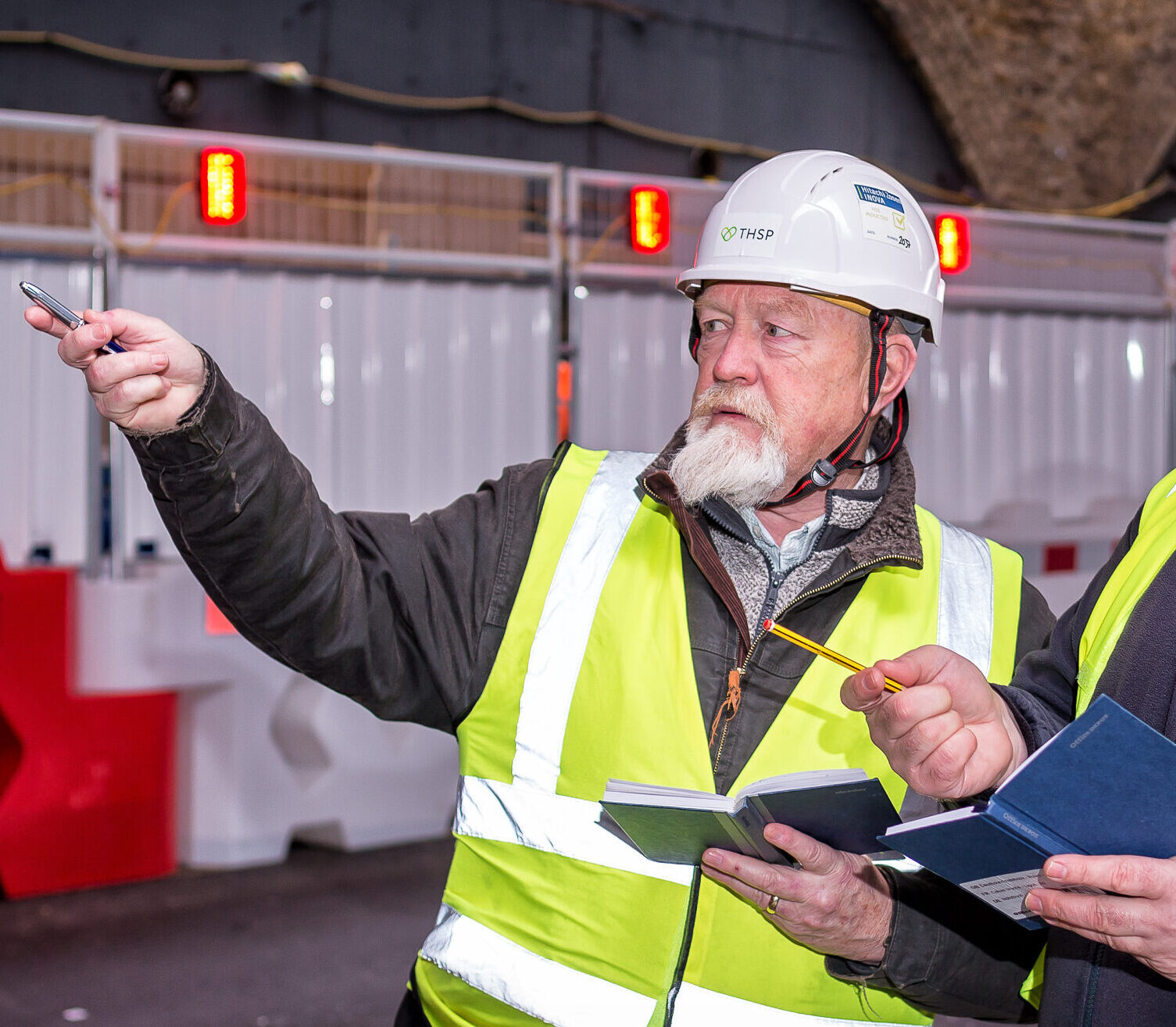Real-Time Reporting Using Safety Incident Tracking Software

The Need for Immediate Safety Responses
In the fast-paced world of manufacturing, the importance of real-time data cannot be overstated. When it comes to workplace safety, delays in reporting incidents can lead to increased risks, non-compliance, and reputational damage. That’s why organizations are turning to safety incident tracking software and manufacturing safety software to gain instant visibility into workplace hazards and incidents. These digital tools enable safety professionals to track, report, and resolve safety issues as they happen, ensuring faster responses and a safer working environment for everyone involved.
How Safety Incident Tracking Software Transforms Safety Culture
Safety incident tracking software is more than a record-keeping tool—it’s a catalyst for change in the workplace. It supports a proactive safety culture by making it easier for employees to report incidents on the spot. With mobile-friendly interfaces and cloud-based functionality, these systems allow for immediate input from any location on the factory floor. When integrated with manufacturing safety software, it creates a seamless loop of reporting, analyzing, and correcting safety issues in real-time. This accessibility encourages employees to participate in the safety process, which strengthens the overall safety culture across the organization.
Integration Across All Manufacturing Operations
Manufacturing operations are complex, often involving multiple departments, locations, and machinery. A unified safety incident tracking software platform ensures that safety protocols and incident responses are consistent across all areas. When combined with manufacturing safety software, the system can pull data from different operational units and provide a centralized overview. This integrated approach allows management to monitor key safety indicators, respond to hazards quickly, and identify trends that may lead to larger issues. The synergy between safety incident tracking software and manufacturing safety software ensures nothing is missed, no matter how large the organization becomes.
Real-Time Visibility and Decision-Making
One of the major advantages of safety incident tracking software is the ability to provide real-time visibility into ongoing safety incidents. Supervisors and safety managers are alerted the moment a report is submitted, allowing them to act swiftly. Manufacturing safety software enhances this capability by providing context—linking incidents to machine operations, shift patterns, and specific job roles. With accurate, up-to-the-minute data, safety teams can make smarter decisions that prevent future accidents and maintain compliance with occupational health and safety regulations.
Enhancing Compliance and Audit Readiness
Maintaining regulatory compliance is one of the key challenges in manufacturing. Whether it’s OSHA, ISO, or internal audit requirements, detailed documentation and timely reporting are critical. Safety incident tracking software ensures that every incident is documented accurately and stored securely. Combined with manufacturing safety software, the system generates reports and dashboards that demonstrate compliance during audits. It simplifies tracking corrective actions, deadlines, and accountability, making audit preparation less stressful and more transparent.

Analyzing Trends for Continuous Improvement
Effective safety management is not only about responding to incidents—it’s also about preventing them. With the help of safety incident tracking software, companies can collect historical data that reveal trends and recurring issues. When integrated with manufacturing safety software, this data becomes even more powerful, providing context-specific insights that lead to meaningful corrective actions. For instance, a spike in machine-related injuries during the night shift could indicate training gaps or equipment malfunction. The combination of tools allows companies to turn data into actionable strategies that continuously improve workplace safety.
Empowering the Workforce Through Technology
When employees feel that their concerns are heard and acted upon quickly, they are more likely to engage in safe behavior. Safety incident tracking software makes it easier for workers to participate by simplifying the reporting process. They don’t need to wait for a supervisor or fill out paperwork—they can use a tablet or smartphone to report incidents immediately. This feature of manufacturing safety software empowers employees by showing that their input is valued and essential to the company’s safety goals. In return, organizations gain valuable real-time data that improves safety outcomes.
Supporting Scalable Safety Programs
As manufacturing businesses grow, their safety requirements become more complex. A flexible safety incident tracking software system can scale with the company, whether it operates a single facility or a global network. By combining with manufacturing safety software, companies ensure that new sites can adopt the same safety protocols, reporting methods, and performance indicators. Scalability ensures that safety remains a top priority no matter how rapidly the company expands, creating a strong and consistent foundation for health and safety management.
Closing the Loop with Automated Workflows
One of the most powerful features of modern safety incident tracking software is the ability to automate safety workflows. When an incident is reported, the system can automatically notify the right personnel, initiate an investigation, and schedule follow-up actions. When integrated with manufacturing safety software, these workflows become even more comprehensive, tying together production data, maintenance records, and personnel logs. This automation ensures that no steps are missed and that every safety incident is addressed promptly and thoroughly.
Conclusion: A Smarter, Safer Future
Manufacturers that invest in real-time safety incident tracking software and manufacturing safety software gain a significant advantage in protecting their workforce and complying with safety regulations. These tools transform how incidents are reported, managed, and analyzed—making safety an active and ongoing process rather than a reactive chore. By embracing technology, manufacturers can create safer work environments, reduce downtime, and build a strong culture of accountability and improvement.
Leave a Comment